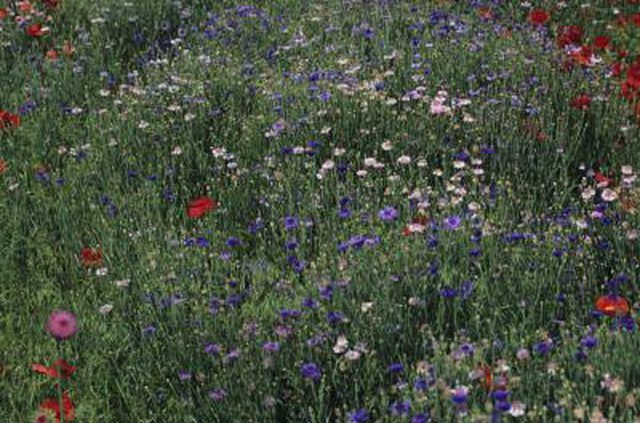Bulbs
Flower Basics
Flower Beds & Specialty Gardens
Flower Garden
Garden Furniture
Garden Gnomes
Garden Seeds
Garden Sheds
Garden Statues
Garden Tools & Supplies
Gardening Basics
Green & Organic
Groundcovers & Vines
Growing Annuals
Growing Basil
Growing Beans
Growing Berries
Growing Blueberries
Growing Cactus
Growing Corn
Growing Cotton
Growing Edibles
Growing Flowers
Growing Garlic
Growing Grapes
Growing Grass
Growing Herbs
Growing Jasmine
Growing Mint
Growing Mushrooms
Orchids
Growing Peanuts
Growing Perennials
Growing Plants
Growing Rosemary
Growing Roses
Growing Strawberries
Growing Sunflowers
Growing Thyme
Growing Tomatoes
Growing Tulips
Growing Vegetables
Herb Basics
Herb Garden
Indoor Growing
Landscaping Basics
Landscaping Patios
Landscaping Plants
Landscaping Shrubs
Landscaping Trees
Landscaping Walks & Pathways
Lawn Basics
Lawn Maintenance
Lawn Mowers
Lawn Ornaments
Lawn Planting
Lawn Tools
Outdoor Growing
Overall Landscape Planning
Pests, Weeds & Problems
Plant Basics
Rock Garden
Rose Garden
Shrubs
Soil
Specialty Gardens
Trees
Vegetable Garden
Yard Maintenance
Characteristics of the Corn Plant
Characteristics of the Corn Plant. The corn plant (Dracaena fragrans 'Massangeana') is a flowering shrub and foliage plant. The corn plant's colloquial name comes from the stem's resemblance to a corn stalk.

The corn plant (Dracaena fragrans 'Massangeana') is a flowering shrub and foliage plant. The corn plant's colloquial name comes from the stem's resemblance to a corn stalk.
Origin
While it is native to countries in tropical regions of Africa like Ghana and Zimbabwe, it can be cultivated elsewhere. In North America, corn plants can be planted year round in southern USDA hardiness zones, like in Mexico, Florida and Hawaii.
Appearance
With sometimes purple or pink buds, the corn plant has wide leaves with a prominent yellow stripe in its middle. The corn plant can grow up to 15 feet tall with an average spread of 3 feet.
Cultivation
Because the fragrant flowering plant flourishes in the shade, it can serve as a low-maintenance house plant. It also requires little watering and is tolerant of many kinds of soil, including clay, acidic and slightly alkaline.
Use
While not native in North American countries, corn plants can thrive outdoors as a hedge plant.
Pest Resistance
Mites, thrips and chewing insects have been known to surface on the corn plant. However, the presence of pests does not limit the corn plant's ability to thrive in the long term.
Disease
Corn plants become susceptible to root rot when they are over watered. The occurrence of leaf spot diseases have also been documented.